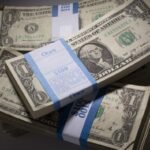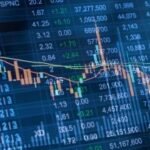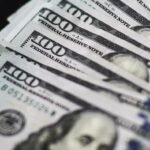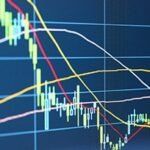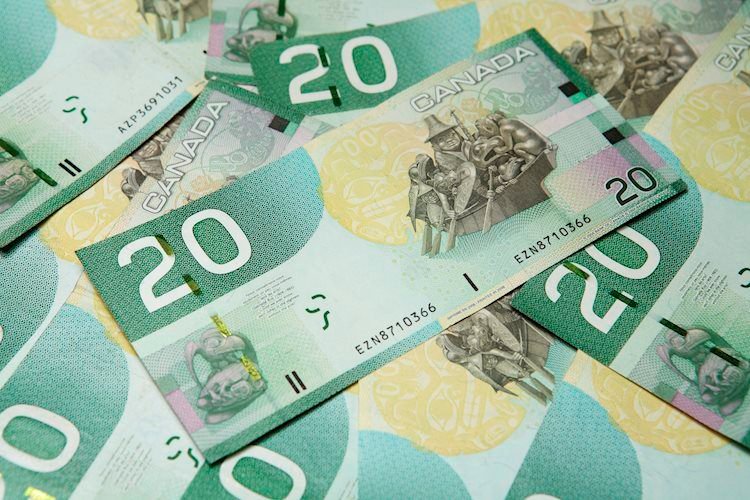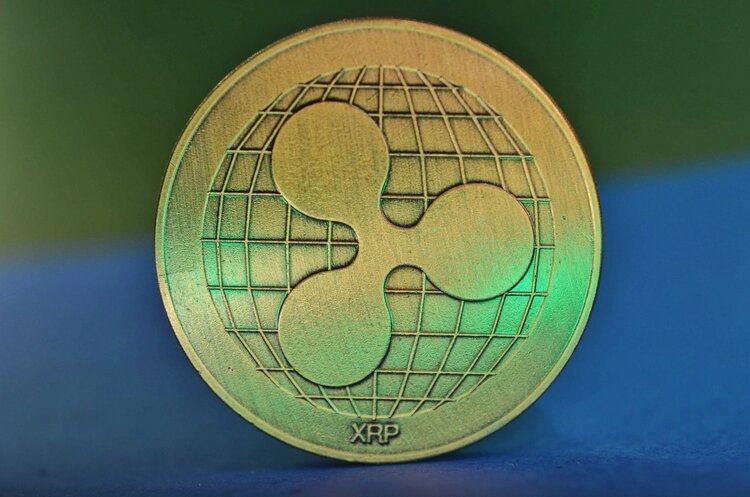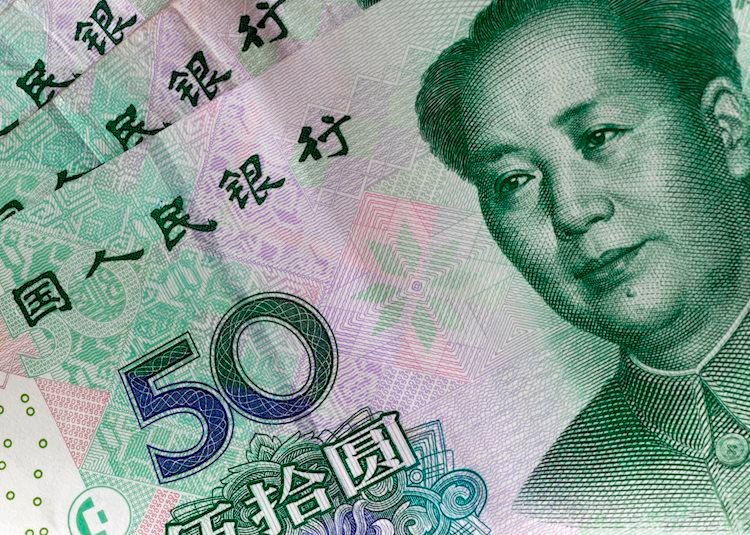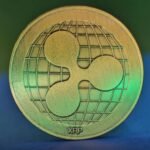- Dow Jones recovers beyond 38,000.00 as bullish momentum climbs.
- Market expectations for Fed rate cuts are widening.
- Friday’s NFP labor figure to be a key print for rate watchers.
The Dow Jones Industrial Average (DJIA) is up around a full percent on Thursday as equity markets grapple with a choppy recovery following a plunge earlier this week. Earnings season is helping to bolster securities that have efficiently bolstered their ratios, and investors are grappling with when to expect a first rate cut from the Federal Reserve (Fed), with a cut in 2024 assumed to be a foregone conclusion.
Wall Street expectations of when and how often the Fed will cut rates are beginning to widen out as investors grapple with a complicated US economic landscape. S&P Global has reduced their Fed outlook to a single quarter-point cut in December, while some investment banks are forecasting as many as four 25-basis-point cuts through the rest of the year beginning as soon as July.
At current cut, the CME’s FedWatch Tool shows rate markets are expecting a first cut from the Fed at the Federal Open Market Committee’s (FOMC) September meeting. Rate markets are giving 40% odds of no cut in September, with 70% odds of at least 25 basis points in cuts by November.
Dow Jones news
Most of the securities that comprise the Dow Jones are in the green on Thursday, with Boeing Co. (BO) leading the charge, gaining around 4% on the day to trade into $178.16 per share. On the low side, 3M Co. (MMM) is trading into the downside, falling -1.2% to trade at $97.25 per share.
Dow Jones technical outlook
The DJIA found a high of 38,289.12 late in the Thursday American market session, with a quick tumble to 37,887.88 as investor risk appetite keeps one foot out of the door. Equities have recovered into the high end, but topside momentum remains thin as the Dow Jones churns in familiar territory close to the 38,000.00 handle.
The Dow Jones is recovering into near-term consolidation, but the index is struggling to develop bullish legs after a near-term decline below 37,600.00. The major equity index is trading well above the 200-day Exponential Moving Average (EMA) at 36,780.52, but the DJIA remains down 4.3% from record highs at the last peak of 39,887.49.
Dow Jones five-minute chart
Dow Jones daily chart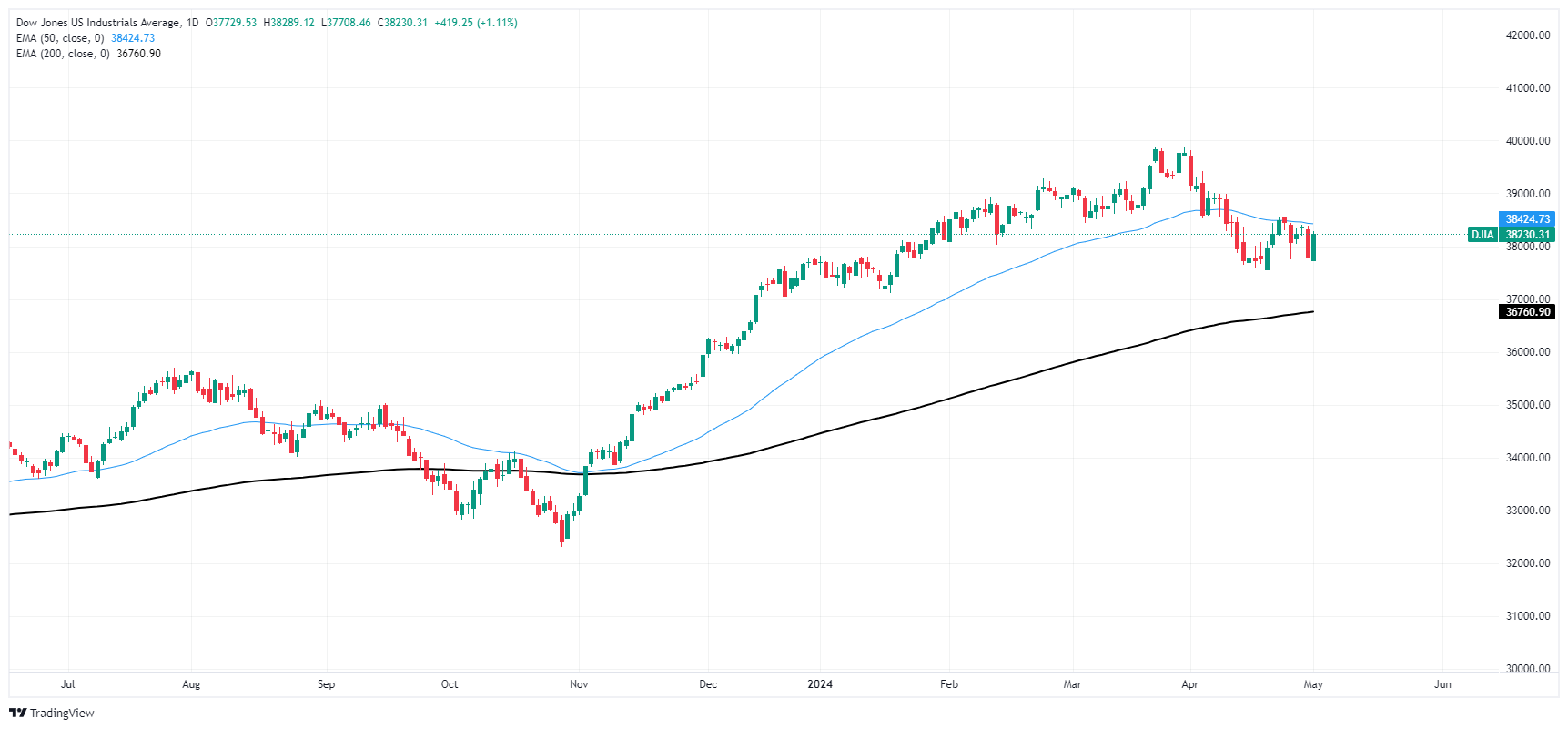
Fed FAQs
Monetary policy in the US is shaped by the Federal Reserve (Fed). The Fed has two mandates: to achieve price stability and foster full employment. Its primary tool to achieve these goals is by adjusting interest rates. When prices are rising too quickly and inflation is above the Fed’s 2% target, it raises interest rates, increasing borrowing costs throughout the economy. This results in a stronger US Dollar (USD) as it makes the US a more attractive place for international investors to park their money. When inflation falls below 2% or the Unemployment Rate is too high, the Fed may lower interest rates to encourage borrowing, which weighs on the Greenback.
The Federal Reserve (Fed) holds eight policy meetings a year, where the Federal Open Market Committee (FOMC) assesses economic conditions and makes monetary policy decisions. The FOMC is attended by twelve Fed officials – the seven members of the Board of Governors, the president of the Federal Reserve Bank of New York, and four of the remaining eleven regional Reserve Bank presidents, who serve one-year terms on a rotating basis.
In extreme situations, the Federal Reserve may resort to a policy named Quantitative Easing (QE). QE is the process by which the Fed substantially increases the flow of credit in a stuck financial system. It is a non-standard policy measure used during crises or when inflation is extremely low. It was the Fed’s weapon of choice during the Great Financial Crisis in 2008. It involves the Fed printing more Dollars and using them to buy high grade bonds from financial institutions. QE usually weakens the US Dollar.
Quantitative tightening (QT) is the reverse process of QE, whereby the Federal Reserve stops buying bonds from financial institutions and does not reinvest the principal from the bonds it holds maturing, to purchase new bonds. It is usually positive for the value of the US Dollar.

